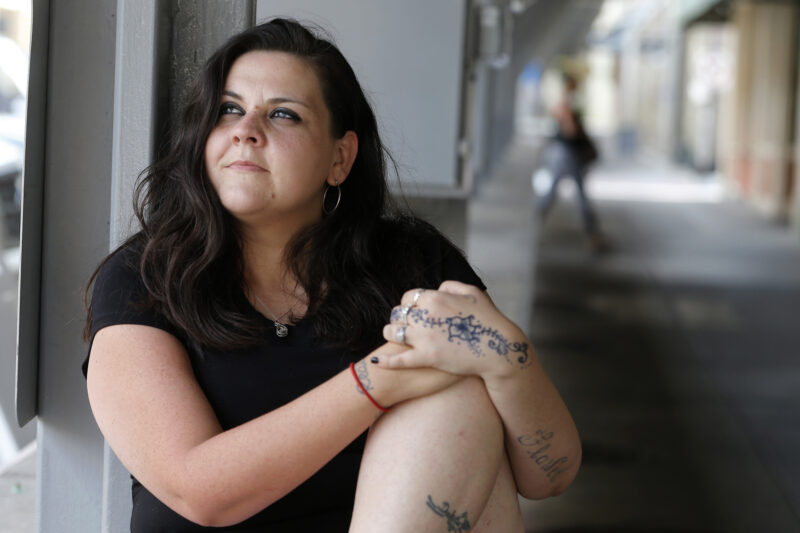AP data journalist Camille Fassett and reporters Claudia Lauer, Philadelphia; Andrew DeMillo, Little Rock, Arkansas; Colleen Slevin, Denver; Jake Bleiberg, Dallas; Andrew Welsh-Huggins, Columbus, Ohio; Michael Sisak, New York; and Kimberlee Kruesi, Nashville, Tennessee, collaborated with The Marshall Project, a nonprofit news organization focusing on criminal justice, for 15 months during the pandemic, tracking coronavirus in prisons in all 50 states.
The reporters tracked virus sickness, death and vaccinations from every prison system and the federal government. Each week they entered the data into the system that editors refined into what became the definitive picture of COVID-19 and incarceration. They filed exclusives off the data along the way, detailing how 1 in 5 prisoners were sickened nationwide, thousands had died, how prisons and jails emptied out and then started to fill up again, and how the uniquely grueling conditions of prison — close quarters, poor health and hygiene, would make for a breeding ground like no other for the virus.

The journalists reported how prisoners, despite being in an extremely high-risk environment, were often put lower on the vaccination list out of political fears over public perception. They also discovered how the prison systems were able to adapt to meet the moment in some cases, increasing transparency and letting prisoners go free without an increase in crime — only to draw the curtains closed once again as the virus abated. Every single story was an exclusive based on the team’s exhaustive data.




